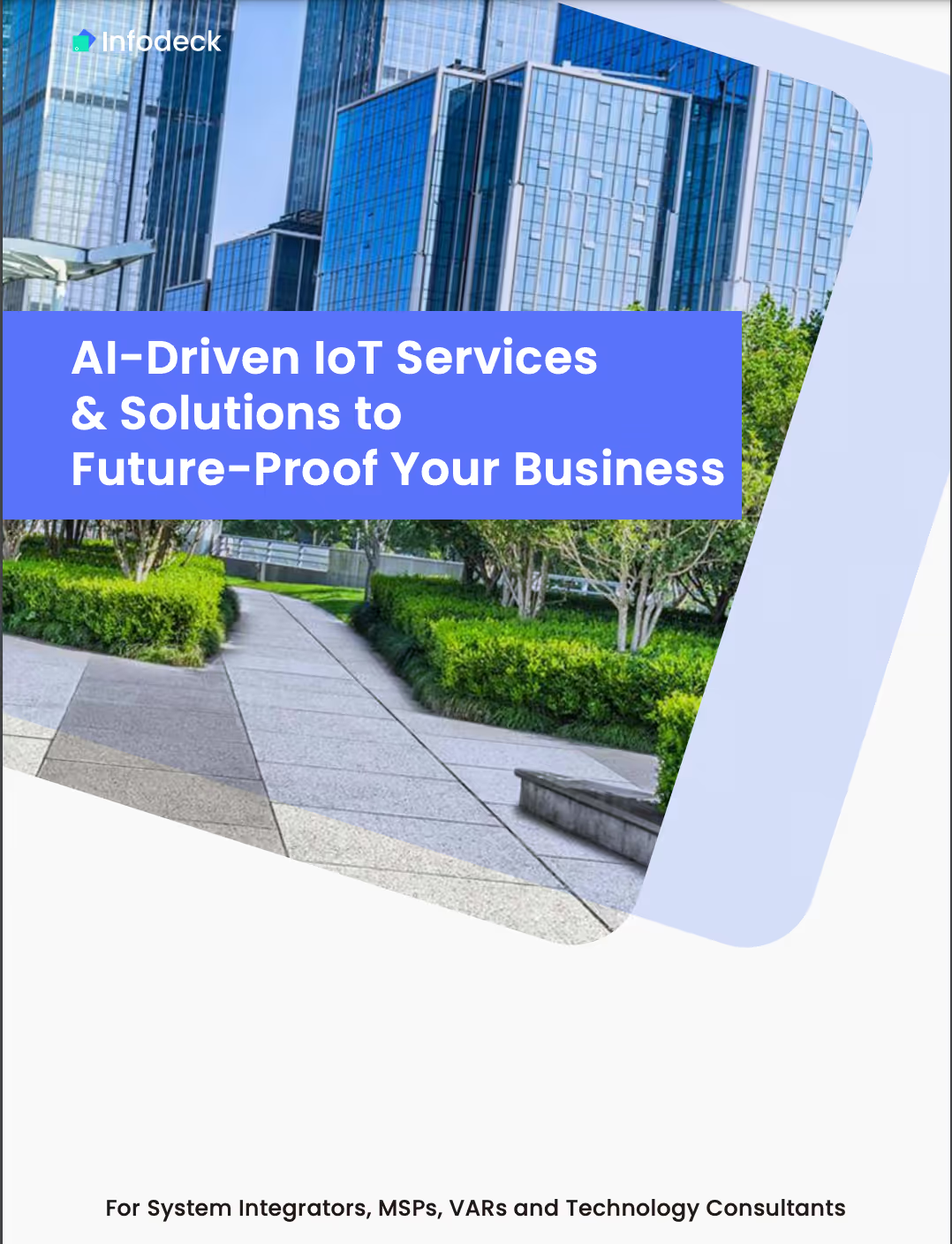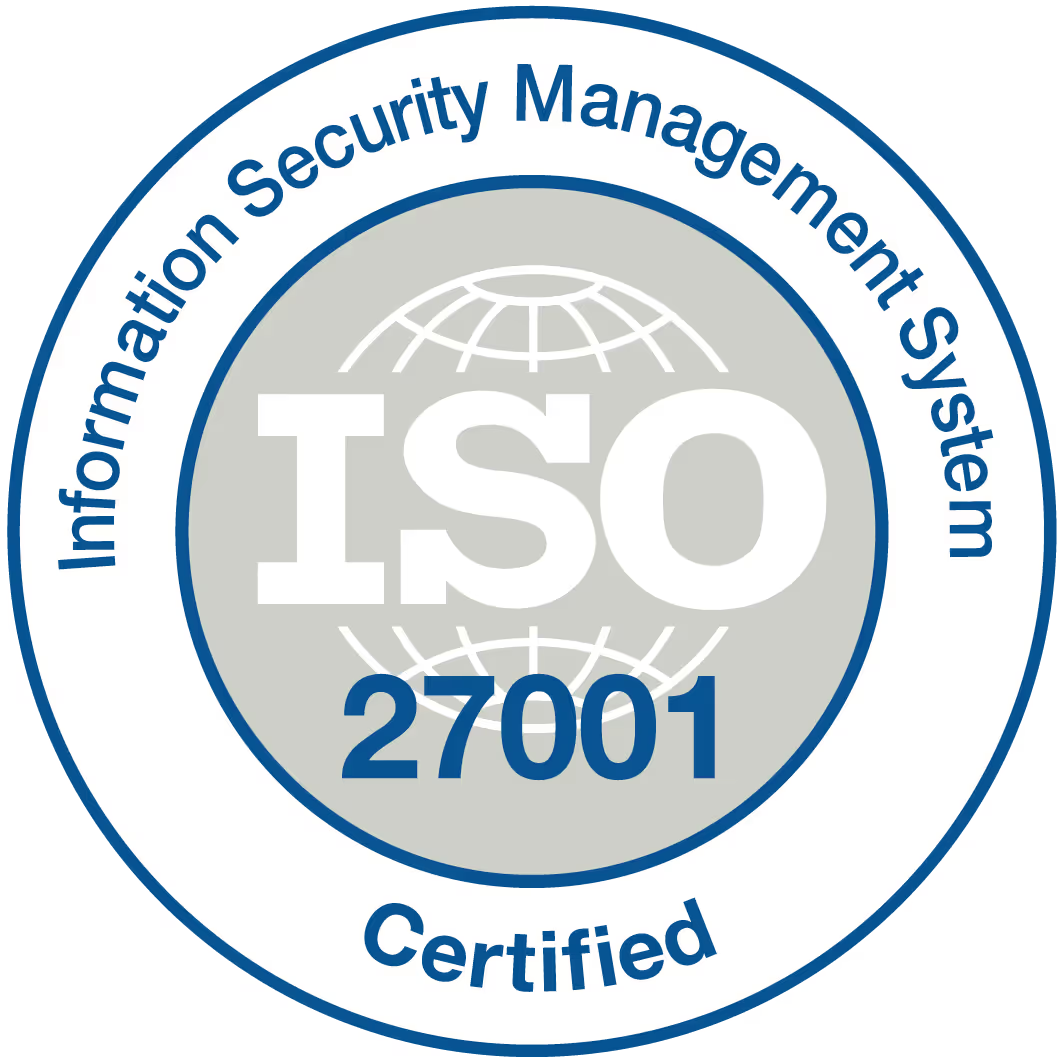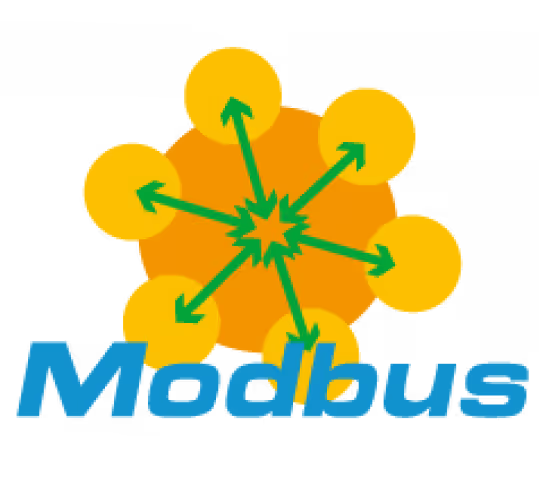Quick Answer
IoT-Based CMMS: Revolutionising Maintenance Management

Exploring the realm of IoT-based CMMS unveils a transformative approach to maintenance management. Leveraging cutting-edge technology, this innovative system merges Internet of Things (IoT) capabilities with Computerised Maintenance Management Systems (CMMS). By integrating real-time data from interconnected devices and IoT integration, organisations can optimise asset performance, streamline operations, and enhance decision-making processes. This blog post delves into the benefits and applications of IoT-based CMMS solutions in various industries, shedding light on how this fusion revolutionises maintenance practices.
Types of Maintenance in the IoT Era
Predictive Maintenance
IoT-based CMMS leverages predictive maintenance, utilising data analytics to predict when equipment failure might occur. By analysing real-time data from sensors embedded in machines, maintenance teams can anticipate issues before they lead to costly breakdowns. For example, a manufacturing plant using IoT-enabled sensors on production machinery can monitor performance metrics continuously. If any anomalies are detected, maintenance technicians receive alerts to address potential problems promptly.
Predictive maintenance enhances operational efficiency by reducing downtime and preventing unexpected failures. This proactive approach enables companies to schedule maintenance during non-peak hours without disrupting regular operations. It helps extend the lifespan of equipment by addressing underlying issues early on.
Preventive Maintenance
In the realm of IoT-based CMMS, preventive maintenance involves scheduling routine inspections and servicing tasks based on preset intervals or machine usage metrics. Through historical data analysis and trend monitoring, organisations can identify patterns that indicate when specific components require attention or replacement. For instance, an elevator company employing IoT-connected devices can track usage patterns to determine optimal times for component replacements before malfunctions occur.
Preventive maintenance fosters cost savings by minimising the likelihood of major breakdowns that could result in expensive repairs or replacements down the line. Regular upkeep also ensures compliance with safety regulations and industry standards while maximising equipment reliability over time.
Reactive Maintenance
Reactive maintenance underpins a more traditional approach where repairs are conducted only after a malfunction has already transpired within machinery or systems monitored through IoT-based CMMS platforms. While this method is inherently responsive rather than proactive, it remains crucial for addressing unforeseen issues swiftly to mitigate operational disruptions and minimise associated costs.
Although reactive maintenance serves as a quick fix solution for immediate problems, it often leads to unplanned downtime and higher repair expenses due to neglected preventative measures beforehand.
Revolutionising Maintenance Management with IoT
Real-Time Equipment Monitoring
IoT-based CMMS systems provide real-time monitoring of equipment performance, offering insights into their health and status. This continuous monitoring helps in detecting issues promptly before they escalate, preventing costly downtimes. For instance, sensors installed on machinery can collect data on temperature, vibration, or energy consumption to predict potential failures.
IoT-enabled CMMS solutions streamline maintenance processes by automating routine tasks like scheduling inspections or generating work orders based on predetermined conditions. By reducing the need for manual intervention in these repetitive tasks, technicians can focus on more critical maintenance activities that require human expertise. Automation also ensures that maintenance is carried out promptly and consistently without delays.
Data-Driven Insights Optimisation
One of the significant advantages of IoT-based CMMS is its ability to provide data-driven insights that optimise maintenance strategies. By analysing the vast amount of data collected from various sensors and devices, organisations can identify patterns, trends, and anomalies to make informed decisions regarding preventive maintenance schedules or equipment upgrades. These insights help in predicting when a machine might fail so that proactive measures can be taken to avoid unplanned downtime.
Pros:
- Improved equipment reliability.
- Enhanced operational efficiency.
- Cost savings through predictive maintenance implementation.
Cons:
- Initial setup costs may be high.
- Data security concerns with increased connectivity.
Incorporating IoT into CMMS revolutionises how businesses manage their assets by leveraging technology to enhance visibility into equipment performance and automate key aspects of the maintenance process efficiently.
The Future of Smart Facilities Management
Enhanced Facility Control
IoT-based CMMS systems utilise smart sensors to monitor and control environmental conditions within facilities. These sensors collect real-time data on temperature, humidity, air quality, and more. For example, in a manufacturing plant, sensors can detect equipment overheating or malfunctioning.
- Pro: Real-time monitoring for quick issue detection.
- Con: Initial setup costs might be high for small businesses.
Improved Security and Safety Measures
The integration of IoT devices into CMMS solutions enhances security protocols within facilities. Cameras, motion detectors, and access control systems can all be connected to the system for comprehensive surveillance. In case of unauthorised access or security breaches, alerts can be sent immediately.
- Pro: Increased safety through real-time monitoring.
- Con: Potential cybersecurity risks if not properly secured.
Remote Data Access for Better Decision-Making
One of the significant advantages of IoT-based CMMS is the ability to access facility data remotely. Facility managers can view performance metrics, maintenance schedules, operational trends, and IoT-based CMMS from anywhere at any time. This accessibility leads to quicker decision-making processes based on accurate real-time information.
- Pro: Enables proactive maintenance planning.
- Con: Dependence on stable internet connectivity for remote access.
Benefits of CMMS Integration with IoT Sensors
Automation of Work Order Generation
Integration of IoT-based CMMS automates the generation of work orders by leveraging data collected from sensors. This automation ensures that maintenance tasks are triggered based on real-time equipment conditions, eliminating the need for manual intervention. For example, if a sensor detects abnormal vibrations in a machine, it can automatically generate a work order for maintenance without human input.
Enhanced Efficiency Through Real-Time Alerts Real-time alerts provided by IoT sensors play a crucial role in streamlining maintenance workflows within a facility. These alerts notify maintenance teams instantly when an issue arises, allowing them to respond promptly and prevent potential breakdowns or failures. By integrating these alerts with CMMS systems, organisations can achieve proactive maintenance strategies rather than reactive ones.
Improved Asset Tracking and Inventory Management
The integration of CMMS with IoT technology enables enhanced asset tracking capabilities that significantly improve inventory management efficiency. By utilising IoT sensors to monitor assets' locations, statuses, and performance metrics in real time, organisations can optimise their inventory levels and reduce downtime due to stockouts or overstocking. This level of visibility into asset movements allows for better decision-making regarding spare parts availability and procurement processes.
Benefits Summary
✅ Increased operational efficiency through automated workflows
✅ Proactive maintenance strategies leading to 75% reduced downtime
✅ Enhanced decision-making based on accurate asset tracking data
✅ ROI within 12-18 months for most implementations
Impact of IoT on CMMS Software
Scalability and Flexibility
IoT-based CMMS systems offer enhanced scalability and flexibility, allowing businesses to expand their maintenance operations effortlessly. With IoT connectivity, companies can easily add or remove devices as needed without disrupting the entire system. This ensures that the CMMS software can adapt to the evolving needs of the organization without major overhauls.
- Enables easy addition/removal of devices
- Facilitates adaptation to changing business requirements
Enhanced Maintenance Records Accuracy
The integration of data from IoT devices into CMMS software significantly improves the accuracy of maintenance records. Real-time data collected by IoT sensors provides precise information about equipment performance, enabling timely maintenance interventions and reducing downtime. This leads to more efficient asset management practices within organisations.
- Improves accuracy through real-time data
- Enables proactive maintenance strategies for reduced downtime
Seamless Integration with Cloud-Based Systems
Cloud-based CMMS systems offer seamless integration with IoT technologies, providing a centralised platform for managing maintenance activities across multiple locations. This integration allows for remote access to critical data, enabling faster decision-making processes based on real-time insights gathered from connected devices.
Benefits of seamless integration with cloud-based systems:
- Improved accessibility to maintenance data from anywhere
- Real-time monitoring of equipment performance
- Enhanced collaboration among maintenance teams
- Automatic updates and backups for data security
- Scalability to accommodate growing maintenance needs.

Enhanced Asset and Energy Management through IoT
Optimised Lifecycle Management
IoT-based CMMS systems use sensors to monitor asset performance, allowing for proactive maintenance to extend equipment life. By collecting data on usage patterns and performance metrics, organisations can optimise maintenance schedules and reduce downtime.
Implementing IoT integration in CMMS enables real-time monitoring of assets, leading to predictive maintenance strategies. For example, if a sensor detects abnormal temperature fluctuations in a machine part, maintenance teams can be alerted for timely intervention before a breakdown occurs.
Sustainability Efforts with Energy Consumption Data
Energy consumption data gathered by IoT devices plays a crucial role in enhancing sustainability efforts within an organization. By analysing energy usage trends, companies can identify areas of improvement to reduce overall consumption and minimise environmental impact.
With the help of centralised data, collected from various IoT sensors across facilities or production lines, organisations gain insights into energy-intensive processes. This information allows them to make informed decisions on optimising energy use and reducing costs while minimising their carbon footprint.
Predictive Analytics for Resource Allocation
Leveraging predictive analytics based on inputs from IoT devices enhances resource allocation efficiency. By analysing historical data alongside real-time information from sensors embedded in machinery or equipment, organisations can predict potential issues before they occur.
This proactive approach, including asset management, helps streamline operations by ensuring that resources are allocated where they are most needed at any given time. For instance, if an IoT sensor indicates increased demand during specific hours of the day, resources can be optimised accordingly to meet production requirements effectively.
Advanced Work Order and Safety Management
Automated Assignments
IoT-based CMMS systems streamline work order assignments by using real-time sensor data. For example, if a machine's sensor detects an issue, the system can automatically generate a work order for maintenance. This automation reduces response times and ensures efficient workflow management.
IoT-enabled workflows help companies optimise their operations by assigning tasks promptly based on sensor readings. By integrating IoT sensors into the CMMS, companies benefit from improved efficiency and reduced downtime.
Enhanced Safety Protocols
Safety protocols integrated with IoT sensors elevate workplace security measures significantly. For instance, sensors monitoring hazardous conditions can trigger automatic alerts or shutdowns to prevent accidents before they occur. These proactive safety features create a safer working environment for employees.
- Improved incident reporting through IoT devices enables quick responses to emergencies.
- Real-time monitoring of safety parameters enhances compliance with regulatory standards.
- Integration of alpha technology in safety protocols boosts overall operational safety within the company.
Why Choose IoT-Based Solutions for CMMS
Cost-Effective Predictive Analytics
Implementing IoT-based CMMS allows for cost-effective maintenance strategies through the utilisation of predictive analytics. By analysing equipment data in real-time, potential issues can be identified before they escalate, enabling proactive maintenance rather than reactive fixes. This approach not only reduces overall maintenance costs but also minimises downtime by addressing problems before they lead to critical failures.
By leveraging predictive analytics, companies can optimize their maintenance schedules based on actual equipment conditions rather than predefined timelines. For example, if a machine shows signs of wear or decreased performance, the system can automatically trigger a work order for inspection or repairs. This targeted approach ensures that asset management resources are allocated efficiently and effectively, maximising equipment lifespan and minimising unexpected breakdowns.
Enhanced Equipment Uptime
One of the key benefits of IoT-based CMMS is the ability to increase equipment uptime while reducing downtime. Through proactive monitoring enabled by IoT sensors and connectivity, maintenance teams can continuously track asset performance and health indicators in real-time. This constant stream of data allows for early detection of anomalies or deviations from normal operating parameters, prompting immediate action to prevent unplanned outages.
- Proactive monitoring leads to increased operational efficiency.
- Real-time data analysis enables timely decision-making.
- Improved asset reliability through continuous condition monitoring.
Scalability and Adaptability
Another significant advantage of IoT-based CMMS solutions is their scalability and adaptability to evolving maintenance needs. As businesses grow or technology advances, these systems can easily accommodate changes without requiring extensive reconfiguration or replacement. Whether it's adding new sensors to monitor additional assets or integrating with other smart devices for comprehensive facility management, IoT solutions offer flexibility to scale up as needed.
The modular nature of IoT platforms allows organisations to customise their CMMS according to specific requirements without being locked into rigid structures. For instance, a company expanding its operations can seamlessly integrate new facilities into the existing system architecture without disruptions in service delivery.
Preparing for Digital Transformation in Maintenance Management
Staff Training
Training staff on IoT technologies is crucial for a successful implementation of IoT-based CMMS. Educating employees about these technologies helps them understand the benefits and functionalities, ensuring seamless integration into daily operations. Providing comprehensive training sessions can empower staff to utilise IoT tools effectively.
Collaborating with tech partners who specialise in digital transformation can provide valuable insights and expertise. These partnerships offer access to specialised knowledge, ensuring a smooth transition towards implementing IoT-based CMMS solutions. By leveraging the experience of tech partners, organisations can streamline processes and address any challenges that may arise during the integration phase.
Roadmap Development
Developing a clear roadmap for integrating IoT into existing maintenance processes is essential. This roadmap should outline key milestones, timelines, and objectives to ensure a structured approach to implementation. By creating a detailed plan, organisations can track progress effectively and make necessary adjustments along the way.
Engaging with stakeholders throughout the development process helps gather feedback and insights from various perspectives. This collaborative approach ensures that all aspects of the organization are considered when integrating IoT technologies into maintenance management practices. Stakeholder involvement fosters transparency and alignment across departments, promoting a cohesive digital transformation strategy.
Tech Partnerships
Collaborating with tech partners provides access to specialised knowledge in digital transformation initiatives related to CMMS systems. These partnerships enable organisations to tap into external expertise regarding IoT platforms' selection, customisation options, security measures, and scalability considerations.
Pros:
- Enhanced operational efficiency
- Access to specialised knowledge
Cons:
- Dependence on external expertise
- Potential additional costs
Closing Thoughts
In the IoT era, maintenance management has witnessed a significant transformation through the integration of IoT sensors with CMMS. This amalgamation has led to enhanced asset management, streamlined work order processes, improved safety protocols, and efficient energy management. The future of smart facilities management lies in embracing IoT-based CMMS to drive operational excellence and cost savings while ensuring optimal performance of assets. As organisations prepare for digital transformation in maintenance management, opting for IoT-based solutions for CMMS can pave the way for a more proactive, data-driven approach that maximises equipment uptime and prolongs asset lifespan.
Embrace the power of IoT in CMMS integration today to revolutionise your maintenance practices and propel your organization towards a more sustainable and efficient future.
Frequently Asked Questions
What are the key benefits of integrating CMMS with IoT sensors and industry?
By integrating CMMS with IoT sensors, organisations can gain real-time insights into equipment health, streamline maintenance processes, reduce downtime through predictive maintenance, and enhance overall operational efficiency.
How does IoT impact CMMS software in maintenance management?
IoT enhances CMMS software by enabling remote monitoring of assets, collecting data for predictive analytics, automating work order generation based on sensor inputs, and facilitating proactive maintenance scheduling to optimise asset performance.
Why should businesses in the industry choose IoT-based solutions for their CMMS needs?
Businesses should opt for IoT-based solutions to leverage advanced technologies like predictive analytics and machine learning for more efficient asset management. These solutions offer real-time monitoring capabilities that lead to improved decision-making and cost savings in the long run.
What is the significance of preparing for digital transformation in maintenance management with industry compliance and IoT integration?
Preparing for digital transformation ensures that organisations stay competitive by adopting innovative tools like IoT-enabled CMMS systems. This proactive approach allows companies to adapt to changing industry trends, improve operational processes, and achieve higher levels of productivity.
How does enhanced asset and energy management through IoT benefit facilities?
Enhanced asset and energy management via IoT enable facilities to optimise resource utilisation by monitoring equipment performance in real time. This leads to reduced energy consumption, lower operating costs, extended asset lifespan through timely maintenance interventions, and improved sustainability practices.
Optimize Your Asset Management With Infodeck.io's IoT-Driven CMMS Integration
Elevate your asset management efficiency and precision with Infodeck.io's cutting-edge IoT-based Computerised Maintenance Management System (CMMS). We harness the power of advanced IoT connectivity to deliver a tailored CMMS solution that not only monitors but proactively manages your asset lifecycle. Our platform is intricately engineered to incorporate professional-grade LoRaWAN Network Server (LNS) and Application Server capabilities, propelling your maintenance strategies into the forefront of industry innovation.
Choose Infodeck.io for CMMS and benefit from:
- Streamlined Operations: Exploit our IoT-enhanced CMMS to ensure that equipment maintenance is preemptive, reducing downtime and extending asset longevity.
- Data-Driven Decision-Making: Implement decisions based on comprehensive sensor data analytics, fostering operational excellence and strategic asset utilisation.
- Integrated Systems Approach: Achieve harmonious synchronisation between Infodeck.io's LNS and application server for fluid communication and operability across devices.
- Compliance Assurance: Rest easy knowing that our CMMS solutions comply with stringent industry standards, ensuring that you adhere to both regulations and best practices.
- Rapid Implementation: Quick and efficient deployment meets user-friendly design, facilitating immediate adoption and integration into your existing infrastructure.
Infodeck.io represents the pinnacle of professional IoT deployments in the CMMS landscape. We provide the tools necessary for you to manage your assets with intelligence, integrity, and insight. Learn more about our IoT-based CMMS solutions and take the first step towards technology-driven asset management mastery.
(function() {
// Wait for DOM to be ready
if (document.readyState === 'loading') {
document.addEventListener('DOMContentLoaded', populateRelatedPosts);
} else {
populateRelatedPosts();
}
function populateRelatedPosts() {
// Related posts data for this article
const relatedPosts = [
{
"title": "CMMS vs Facilities Management Software: 5 Key Differences (2025)",
"excerpt": "CMMS handles maintenance only. FM software covers all operations. Learn which you need.",
"url": "/blog/what-is-the-difference-between-cmms-and-facilities-management-software-decoded",
"category": "36a4fc1a010cdb5fd9c108e63fb64526",
"image": "https://cdn.prod.website-files.com/62dd076c038a95dc213caf6b/669f88656125ac413843691e_65cf56c53fc1adbbe782fc02_blog%2520image%2520Medium.jpeg",
"date": "2024-02-15T00:00:00.000Z"
},
{
"title": "Streamlining Work Orders with the Help of IoT Technology",
"excerpt": "IoT technology is revolutionising the way we manage work orders, making it easier than ever before.",
"url": "/blog/streamlining-work-orders-with-the-help-of-iot-technology",
"category": "36a4fc1a010cdb5fd9c108e63fb64526",
"image": "https://cdn.prod.website-files.com/62dd076c038a95dc213caf6b/68713a05f3b3d63c4aada7e8_64d24352c0be3ff60510c2a1_CMMS_IDT-min.jpeg",
"date": "2023-05-30T00:00:00.000Z"
},
{
"title": "Overcoming the Obstacles of Smart Facilities Management Implementation",
"excerpt": "Smart Facility Management is necessary for organisations to remain competitive in the digitalisation",
"url": "/blog/overcoming-the-obstacles-of-smart-facilities-management-implementation",
"category": "36a4fc1a010cdb5fd9c108e63fb64526",
"image": "https://cdn.prod.website-files.com/62dd076c038a95dc213caf6b/686eadfe5e0e133aaa66fba7_653a059dad514fe89ffd842a_smart%2520fm.png",
"date": "2023-10-02T00:00:00.000Z"
}
];
// Find the related posts grid
const grid = document.querySelector('.related-posts-grid');
if (!grid) {
console.log('Related posts grid not found');
return;
}
// Clear any existing content
grid.innerHTML = '';
// Create and append related post cards
relatedPosts.forEach(post => {
const card = document.createElement('a');
card.href = post.url;
card.className = 'related-post-card';
card.innerHTML = `
<img src="${post.image}" alt="${post.title}" class="related-post-image" loading="lazy">
<div class="related-post-content">
<div class="related-post-category">${post.category}</div>
<h3 class="related-post-title">${post.title}</h3>
<p class="related-post-excerpt">${post.excerpt}</p>
<div class="related-post-meta">${formatDate(post.date)}</div>
</div>
`;
grid.appendChild(card);
});
}
function formatDate(dateString) {
const date = new Date(dateString);
const options = { year: 'numeric', month: 'long', day: 'numeric' };
return date.toLocaleDateString('en-US', options);
}
})();


.png)




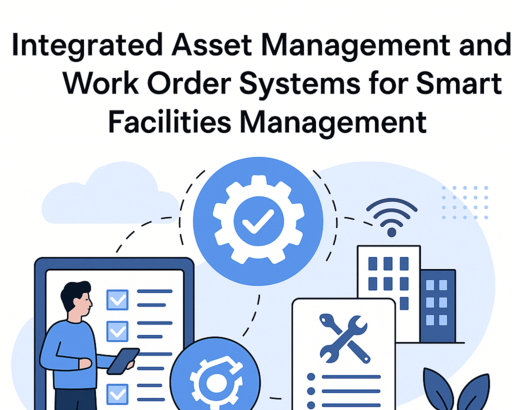
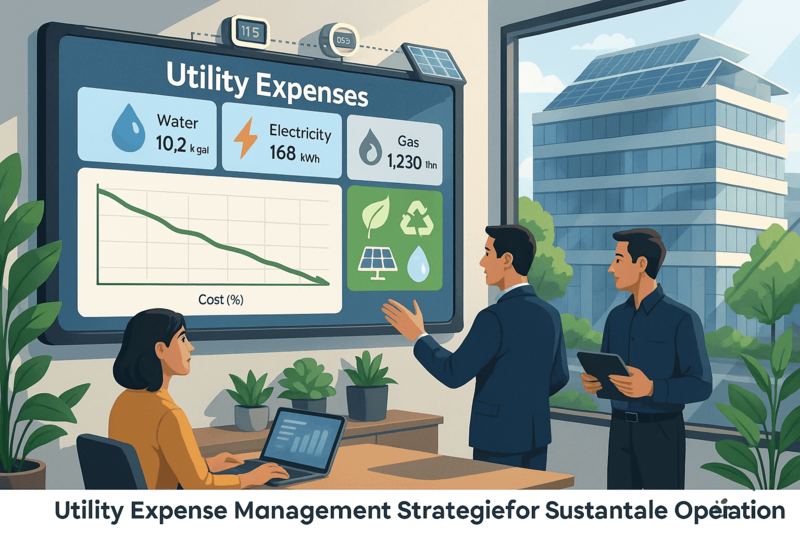


.png)




.png)















.jpeg)









